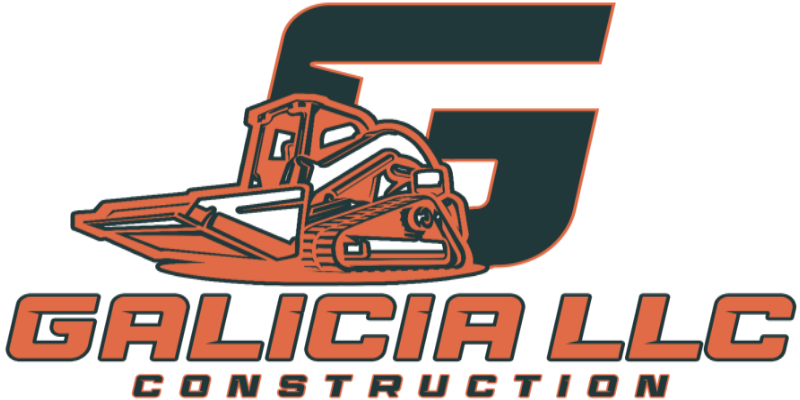Can you stain previous painted stamped concrete patio?
Can You Stain Previously Painted Stamped Concrete Patio? Stamped concrete patios add a touch of elegance and durability to outdoor spaces, but what happens if the patio is already painted and you want to change its color? Can you stain a previously painted stamped concrete patio? The short answer is yes, but with a catch—it requires proper preparation and specific techniques to ensure the stain adheres and produces a smooth, vibrant finish. In this guide, we’ll cover the feasibility of staining a painted stamped concrete patio, the preparation process, and helpful tips for achieving professional-level results. Understanding the Challenges of Staining Painted Stamped Concrete Staining stamped concrete is a popular way to enhance its appearance, but when it’s already painted, staining becomes more complicated. Concrete stains are designed to penetrate the porous surface of unsealed concrete, reacting with its minerals to create rich, translucent colors. Paint, however, forms a solid barrier on top of the concrete, preventing the stain from absorbing. Because of this, the painted surface must be thoroughly stripped or prepared to accept the stain, or else the stain will fail to adhere properly. How to Stain a Previously Painted Stamped Concrete Patio Step 1: Inspect the Painted Surface Before starting, evaluate the condition of the paint: If the paint is intact, you’ll need to create a textured surface to allow the stain to adhere. Step 2: Remove the Existing Paint Removing the old paint is the most crucial step for staining success. Use one or more of these methods depending on the paint type and surface condition: After paint removal, ensure the surface is smooth and free of debris or residue. Step 3: Deep Clean the Concrete Surface Once the paint has been removed, clean the stamped concrete thoroughly to ensure proper stain application. Use the following steps: Step 4: Allow the Concrete to Dry Completely After cleaning, let the concrete patio dry for at least 24 to 48 hours. Staining damp concrete can lead to uneven absorption and discoloration. Ensure the surface is entirely dry before moving to the next step. Step 5: Apply the Stain Once the surface is prepared, it’s time to apply the stain. Here’s how: Step 6: Seal the Stained Surface After the stain has dried completely, apply a concrete sealer to protect the color and enhance the finish. A sealer prevents fading, moisture penetration, and wear over time. Challenges You Might Face When Staining Painted Concrete Paint Residue Left Behind If any paint remains on the surface, it can block the stain from penetrating and result in uneven coloring. Thorough paint removal is essential. Texture Variability in Stamped Patterns Stamped concrete often has intricate patterns, which may make it harder to remove paint from grooves and edges. Using a wire brush or power tools can help address these areas. Color Limitations Acid stains work best on raw concrete, so if you’ve chosen this type, you may see less vibrancy compared to water-based stains that adhere to prepped surfaces. Tips for a Successful Staining Project FAQs Can you stain over unremoved paint on stamped concrete?No, staining over paint will not yield good results. Paint prevents the stain from penetrating, leading to uneven color and peeling. What is the best stain for previously painted concrete?Water-based stains are often the best option, as they adhere better to surfaces that have been previously painted or prepared. How long does stained concrete last?With proper sealing and maintenance, stained concrete can last 10–20 years or more. Regular resealing every few years ensures longevity. Do I need to reseal the patio after staining?Yes, sealing is essential to protect the stain, enhance its color, and prevent wear or fading due to weather and traffic. Can stamped concrete be both stained and painted?Yes, stamped concrete can be stained and then painted if desired. However, you’ll need to choose compatible products and follow the right process. Conclusion Staining a previously painted stamped concrete patio is a challenging but rewarding task that requires meticulous preparation. By removing the old paint, cleaning thoroughly, and applying the right stain and sealer, you can transform your patio into a vibrant, visually appealing space. Whether you’re tackling it yourself or hiring a professional, following these steps ensures a durable and attractive finish.
Can you stain previous painted stamped concrete patio? Read More »


